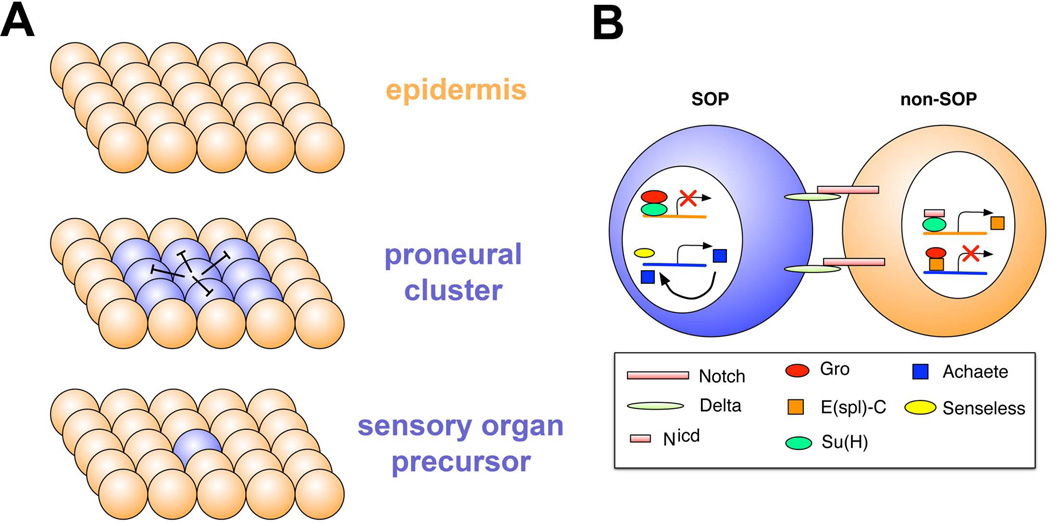Figure 2. Sensory organ precursor specification.
A. Proneural clusters (blue spheres) typified by expression of basic helix-loop-helix transcription factors, arise from a field of equipotential epidermal cells (orange). From the proneural cluster a single sensory organ precursor emerges, which inhibits proneural gene expression in surrounding cells, a process termed lateral inhibition.
B. Molecular basis for lateral inhibition. Delta ligand and Notch receptor are expressed in future SOP and non-SOP cells. Delta levels become higher in the SOP, which promotes higher Notch signaling in non-SOP cells. The Notch intracellular domain collaborates with the Suppressor of Hairless protein to promote expression of Enhancer of split in non-SOP cells. Enhancer of split acts together with the Groucho transcriptional repressor to shut off expression of the proneural gene achaete. In the future SOP, Groucho and Suppressor of hairless repress expression of Enhancer of split, so that proneural gene expression can persist. High-level expression of proneural genes is promoted by Senseless and also by proneural factors themselves in a positive feedback loop. Drawing adapted with permission from (Castro et al. Development, 2005)121.

